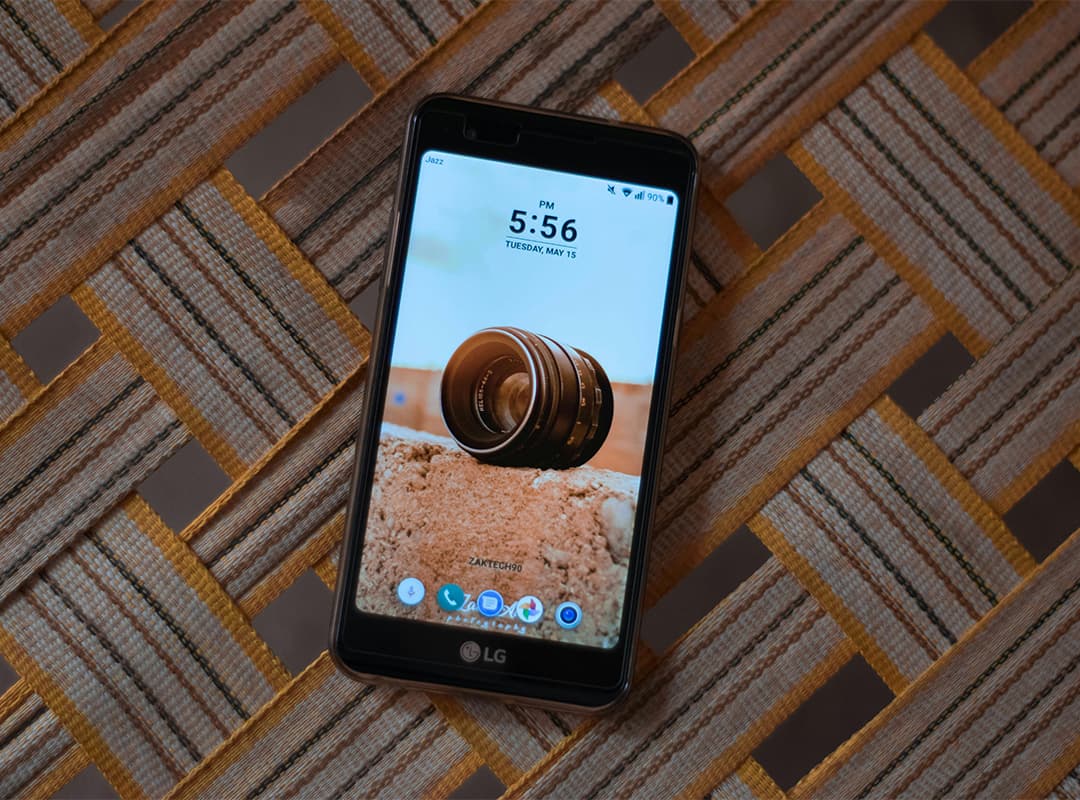But first, let’s define what software support for an Android smartphone consists of. With iOS, everything is very simple and clear: the developer of both software and hardware is one, he determines what to update, how and when, so he can form a policy of updates for each specific model without looking at other companies. In the world of Android everything is much more complicated. There are companies that develop software for the components that come with them in the base version. There is the developer of the Android OS represented by Google, which develops the operating system on its own schedule. And, finally, everything is united by the smartphone manufacturer, who collects the necessary set of components, interfaces them at the system level under the roof of Android and flavors them with its own developments in the field of user interface functionality, as well as functional improvements at the component level.
But that’s not all. Google releases not only Android OS updates, which bring visual and functional additions to the system, but also security patches, which cover only vulnerabilities of the OS. But they are released exclusively for “current” versions of Android. These now include versions from Android 10 and up, i.e. from the end of 2019. At the same time, the company last year changed the patch release system, and starting with the Pixel 6 series, updates will be released for 5 years. In fact, this is the limit for other smartphone manufacturers as well. Theoretically, they could do their own software updates even later, but practically speaking, hardly anyone will spend their resources on searching for vulnerabilities in software from five years ago.
Component software updates developed by their manufacturers can almost never be installed on a smartphone separately from a major or minor software update. This isn’t the Windows world, where device driver releases are in no way tied to operating system updates. On a smartphone, the software version for a component is almost always dependent on the phone developer, not the component manufacturer. In practice, this means that such updates are combined with the nearest major or minor update to the entire smartphone software, unless, of course, we’re talking about an emergency vulnerability fix or a critical bug in functionality.
In the end it comes down to two things: Android OS updates and security updates (patches). Google releases one major OS update once a year and patches once a month. Let’s take the current Pixel smartphone policy as a benchmark: three years of OS updates and five years of security updates. This doesn’t mean that if you buy a Pixel 6 today, you’ll get support until 2027. Of course, the countdown is from the smartphone’s release date, so accordingly, OS updates for the Pixel 6 will go until October 2024 and security updates until October 2026. This is also true for all other vendors. So if you want the maximum of fresh software when using your smartphone, you need to choose as new as possible on the release date of the device, no last year’s flagships. By the way, it is worth paying attention to the date of presentation of the smartphone, not its arrival on sale – most companies count from this day, and it does not matter that the device was called a little bit wrong and sold in any one country. However, the big players rarely release models around the world with a big time gap.
